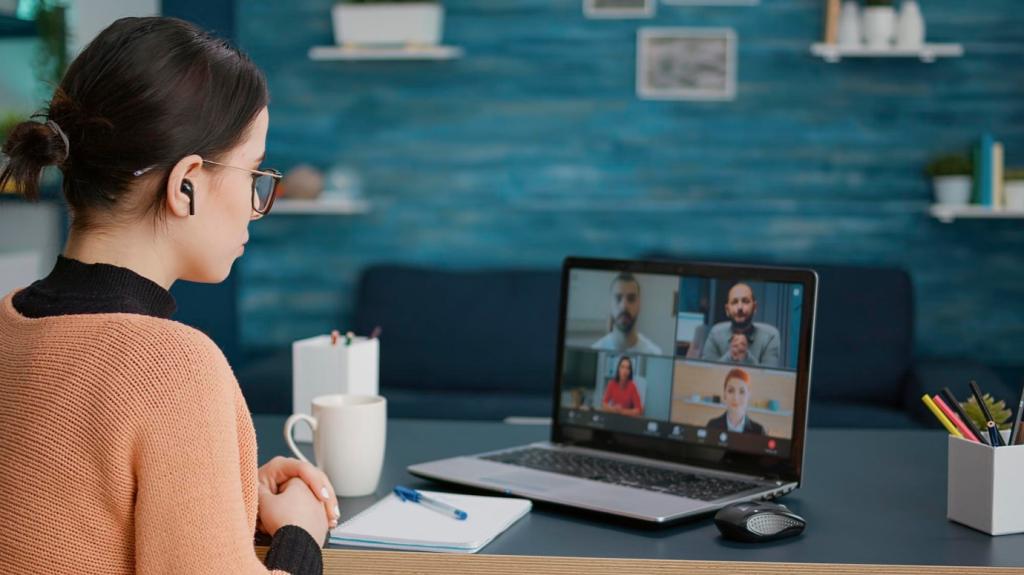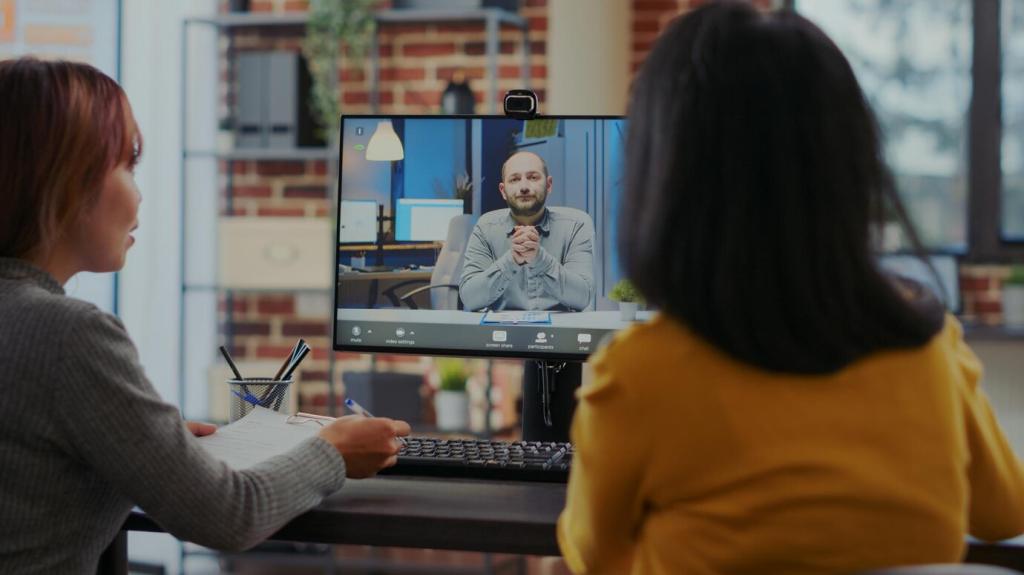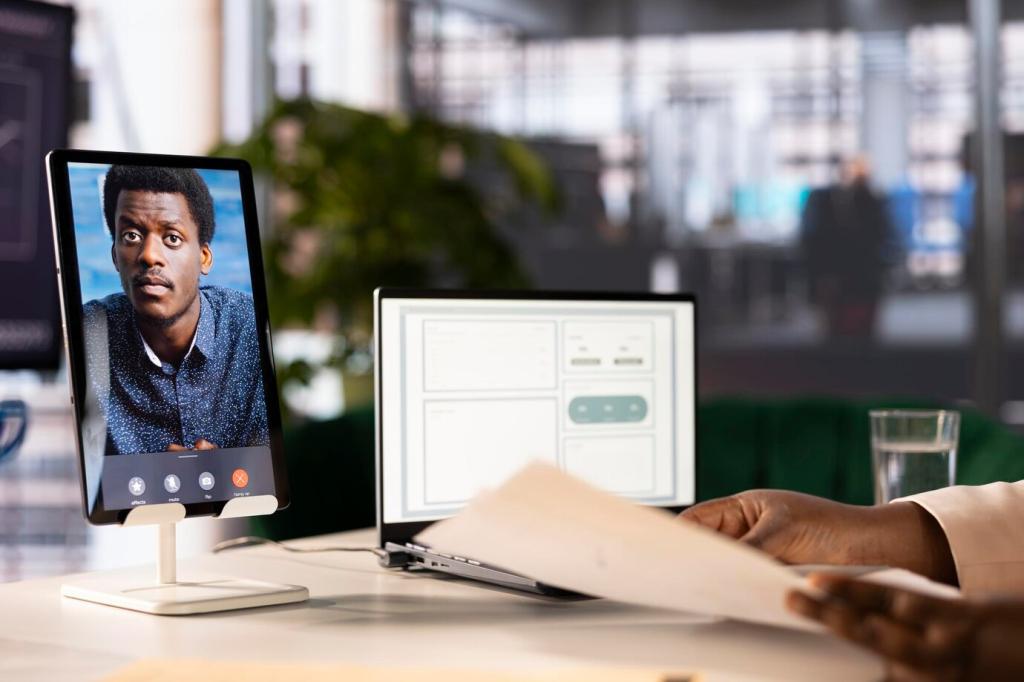Adapting Consultation Techniques to the Digital Realm
Selected theme: Adapting Consultation Techniques to the Digital Realm. Welcome to a space where meaningful conversations thrive across screens. We explore how to translate warmth, clarity, and trust into virtual settings—so your online consultations feel effortless, effective, and deeply human. Subscribe and share your experiences to shape future posts.


Building Digital Rapport That Feels Human
Position your camera at eye height, frame shoulders and head, and glance at the lens when delivering key points. This subtle shift conveys presence and sincerity. Invite clients to do the same, and explain why—it normalizes setup talk and reduces awkwardness instantly.
Start with five minutes to align goals, three key topics with outcomes, and two minutes to confirm next steps. Display the agenda on-screen so the group can anchor decisions. Ask, “What should we cut to protect focus?” and model ruthless clarity compassionately.

Tools That Elevate Consultation Outcomes
Whiteboards and Visual Canvases
When words tangle, draw. Map systems, timelines, and trade-offs on a digital canvas. Icons and color coding help participants see patterns they could not hear. Take a snapshot at the end and send it—visual memory anchors agreements better than dense paragraphs.
Quick Polls for Hidden Signals
Run fast, anonymous polls to surface hesitation or enthusiasm without social pressure. Ask, “How confident are you in this decision?” and compare before versus after discussion. Poll arcs reveal whether your consultation actually changed minds or merely filled a meeting slot.
Transcripts as Living Records
Transcriptions enable searchable recall, but confirm consent and storage limits. Summarize highlights with timestamps and action items so clients can jump to relevance. A founder once told us the timestamped recap saved a product launch—proof that clarity compound interest exists.



Managing Energy and Attention Through a Screen
The 10-Minute Modality Shift
Switch activities every ten minutes: talk, draw, poll, reflect. Variety refreshes attention. Use a timer clients can see so transitions feel expected, not abrupt. Ask participants to suggest the next modality—co-authorship keeps momentum from becoming facilitator-dependent.
Micro-Check-Ins That Matter
Try a one-word weather report—“Sunny, cloudy, stormy?”—to gauge mood quickly. Invite elaboration in chat for quieter participants. When sentiment dips, adjust pace or postpone decisions. Real-time emotional data is your compass; ignoring it is a preventable navigational error.
Designing for Cognitive Load
Chunk content, minimize on-screen clutter, and highlight one idea per view. Use progressive disclosure rather than walls of text. End with a single, memorable takeaway. If your deck drives narration instead of supporting it, close it. Tell a story, then show the scaffold.

Clarify Confidentiality and Consent
State what will be recorded, who will see it, and how long it will be retained. Get explicit consent, not implied. Outline opt-out options without penalty. Clients relax when expectations are explicit, making conversations more candid and outcomes more useful for everyone involved.

Secure-by-Default Practices
Use waiting rooms, unique links, strong authentication, and end-to-end encryption where available. Store notes in approved systems and restrict access by role. Security is not a mood—it is a repeatable checklist. Share yours briefly to invite questions and strengthen confidence.
Measuring Impact and Iterating Remotely
Pick measures that match intent: time-to-decision, confidence delta, rework reduction, or stakeholder alignment. Vanity metrics hide under glossy dashboards. Clarify a baseline before you begin, and revisit it at the close to demonstrate tangible movement everyone can trust.
